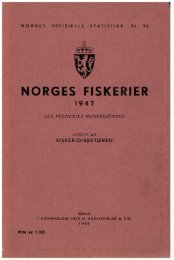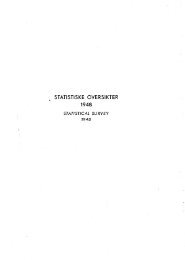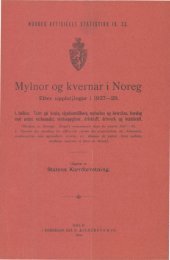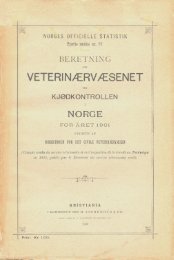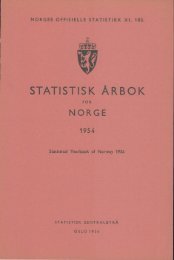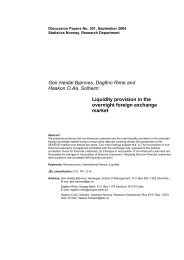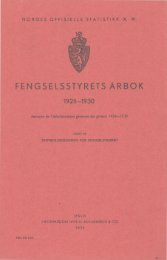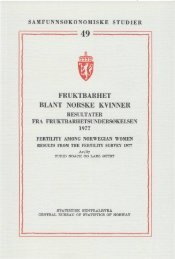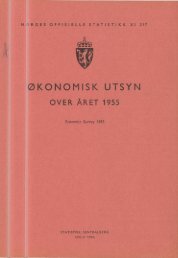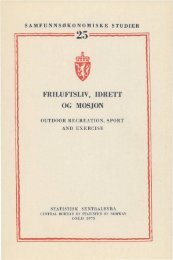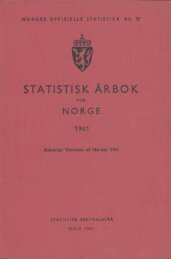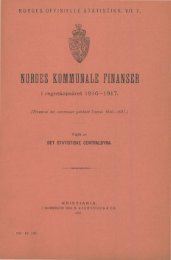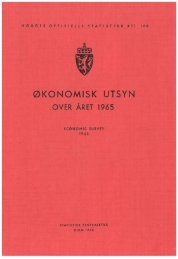Beretning om veterinærvæsenet i Norge for året 1891.
Beretning om veterinærvæsenet i Norge for året 1891.
Beretning om veterinærvæsenet i Norge for året 1891.
You also want an ePaper? Increase the reach of your titles
YUMPU automatically turns print PDFs into web optimized ePapers that Google loves.
191<br />
Animals suffering fr<strong>om</strong> anthrax, or those suspected of being attacked by<br />
the disease, may only be slaughtered on the spot where it is intended to bury<br />
or burn them, or where perfect disinfection can take place. During transportation<br />
to the spot, it must be seen that secretions fr<strong>om</strong> the sick animals are not<br />
permitted to give rise to the danger of infection. On slaughtering the animal<br />
it must be strictly seen that no blood is spilt about. Bleeding or other blood<br />
letting operations must not be attempted except by a qualified Veterinary Surgeon,<br />
and then only with the observation of due precautionary measures.<br />
§<br />
Those animals which have died fr<strong>om</strong> the disease ought to be burnt at<br />
once, or heated up to a temperature of 100 0 Celsius <strong>for</strong> a sufficiently long time.<br />
If such cannot be done the animals must be buried immediately.<br />
The animals must be transported to the spot where they are to be burnt<br />
or buried, in a light fitting vehicle or sledge, unopened, and well covered in.<br />
The animals must not be opened or dissected at any other place than the<br />
place of burial, or at a spot where c<strong>om</strong>plete and perfect cleansing and disinfection<br />
can take place. The hide must not he removed, hair or wool must not<br />
be cut off, neither must any portion of the dead animal be utilized.<br />
Dung, blood, and other offal fr<strong>om</strong> the affected or dead animals, shall likewise<br />
be immediately disposed of, either by burning or, burying under observation<br />
of the same precautionary measures as determined in respect to dead animals.<br />
§<br />
For burial a place must be selected which lies at least 20 mètres fr<strong>om</strong><br />
any inhabited place, and at least 5 mètres fr<strong>om</strong> any raod or watercourse, and<br />
fr<strong>om</strong> which the virus cannot by percolation or in any other manner,<br />
be spread about. Burial in marsh land, or sinking the bodies in fresh water<br />
lakes or ponds or in rivers or streams must not take place.<br />
The grave must be of such a depth that the buried animal or offal must<br />
be covered by a close layer of earth of at least 1 mètre in depth. A layer of<br />
unslaked lime ought to be spread over the animals. A ditch of about Vs a<br />
mètre in depth must be digged around the grave in order to recieve the surface<br />
water fr<strong>om</strong> it. The grave and the ditch must be carefully fenced in.<br />
No grazing must be permitted over the burial place, and no grass <strong>for</strong><br />
fodder removed therefr<strong>om</strong>, neither may fodder or any other object which could<br />
convey infection be stored thereon.<br />
§ 5 .<br />
Stables, byres, and other places in which an animal suffering fr<strong>om</strong> anthrax<br />
has been, and all objects will) which such an animal has been in contact, shall<br />
at once be cleansed and disinfected to the extent ordered by the Veterinary



